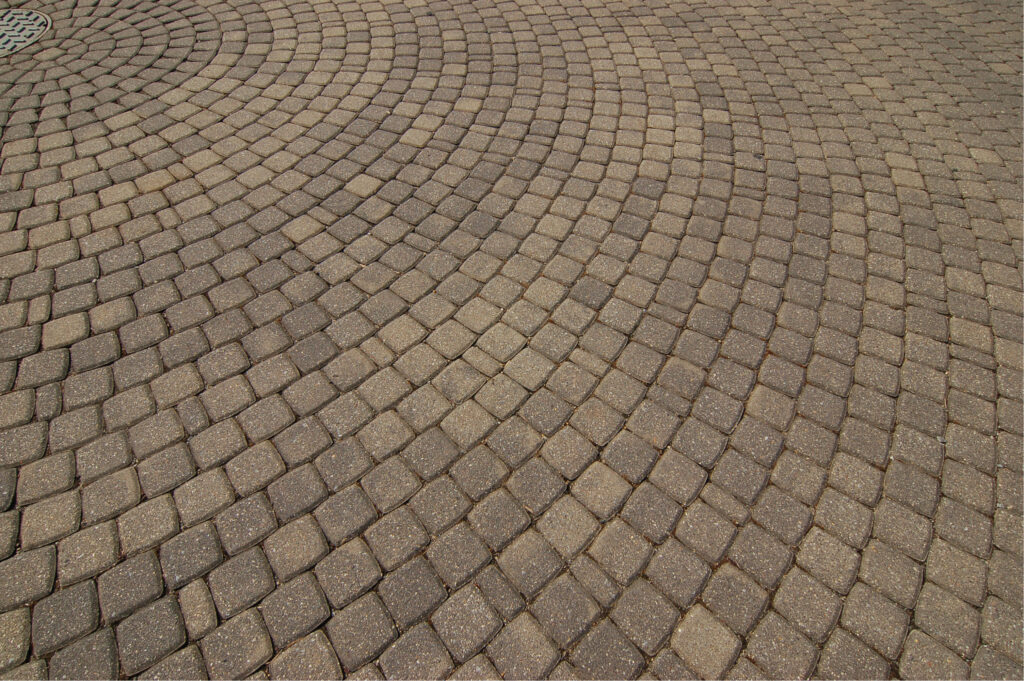Considering pavers for your upcoming home renovation in Austin? These versatile building materials have become increasingly popular for driveways, patios, walkways, and outdoor living spaces due to their durability, aesthetic appeal, and design flexibility. With numerous types, styles, and installation methods available, choosing the right pavers can seem overwhelming. This comprehensive guide covers everything you need to know about pavers, from understanding different materials and their characteristics to installation methods and maintenance requirements, helping you make an informed decision for your next outdoor project.
Types of Pavers
Let’s explore the various types of pavers available for landscaping and construction projects. When considering pavers, it’s important to understand the options at your disposal. Concrete pavers are a popular choice due to their durability and versatility. They come in various shapes, sizes, and colors, allowing endless design possibilities. Clay pavers, on the other hand, offer a classic and timeless look, perfect for creating a rustic charm in outdoor spaces. Natural stone pavers, such as granite, limestone, or sandstone, provide a luxurious aesthetic with unique textures and colors. Brick pavers are known for their traditional appeal and can add a touch of warmth to any area. Each type of paver has its distinct characteristics, so choosing the right one depends on the specific needs of your project.
Pros and Cons
Exploring the pros and cons of different types of pavers provides valuable insights for selecting the most suitable option for your landscaping or construction project. Concrete pavers are durable, cost-effective, and low-maintenance, making them popular. On the other hand, natural stone pavers offer a unique, elegant look but can be more expensive and require regular sealing. Clay brick pavers are known for their classic appearance and color retention, but may be less durable in high-traffic areas. Rubber pavers are eco-friendly, slip-resistant, and comfortable underfoot; however, they can fade over time and may not be as visually appealing. By weighing these pros and cons, you can make an informed decision that aligns with your project’s requirements and aesthetic preferences.
Choosing the Right Style
When considering the right style of pavers for your project, it’s important to match the aesthetics and functionality with your specific needs and preferences. The style of pavers you choose can greatly impact your outdoor space’s overall look and feel. Various styles are available, including traditional brick pavers with a classic appearance, concrete pavers with durability and versatility, and natural stone pavers with a rustic charm. Consider your home’s architectural style, the pavers’ intended use, and the surrounding landscape when selecting a style. Think about color, texture, and pattern options to create a harmonious, visually appealing design that complements your outdoor environment.
Installation Methods
We will now explore the various installation methods for pavers to ensure a successful and durable outcome for your outdoor project. The installation begins with proper site preparation, including excavation to the required depth and grading for adequate drainage. Next, a base material such as crushed stone or sand is laid and compacted to create a stable foundation. For flexible installation, pavers can be laid on a bed of sand, allowing for minor adjustments. Alternatively, a rigid installation involves setting the pavers in concrete or mortar for a more permanent structure. Edge restraints are then installed to secure the pavers in place. Joint sand is swept into the gaps between the pavers to prevent shifting and promote stability.
Maintenance Tips
To sustain the longevity and appearance of your pavers, regular cleaning and sealing are crucial steps in preserving their beauty and durability. Begin by sweeping the surface regularly to eliminate debris and prevent staining. For deeper cleaning, a mixture of water and mild detergent can be utilized with a scrub brush or pressure washer. Be careful with pressure washers to prevent damage. Sealing your pavers every 2-3 years offers additional protection against stains and fading. Before sealing, ensure the pavers are thoroughly clean and dry. Apply the sealer evenly with a roller or sprayer, following the manufacturer’s instructions. Proper maintenance enhances the aesthetics and extends the life of your pavers.
Related Topics:

